June 15, 1776: The Other Franklin
This day in the American Revolution, The New Jersey Provincial Congress brands former Royal Governor William Franklin "an enemy to the liberties of this country..." William, the Loyalist son of Benjamin Franklin, has been kept under house arrest since January of 1776.
With the outbreak of hostilities between the colonies and Britain in 1775, high drama played out at the governor’s mansion when Ben Franklin visited and tried in vain to win his Loyalist son over to the cause of independence. But William remained loyal to the crown. The New Jersey Assembly ordered the Governor held under house arrest at Proprietary House in January 1776 and removed him for trial in June of the same year. Soon convicted of treason, William was imprisoned in Connecticut. He had been not only New Jersey’s last royal governor, but also the last in the colonies still trying to cling to power.
June 19, 1776, was the last day William was ever to see his wife or his Perth Amboy mansion. Elizabeth Franklin remained at Proprietary House until June 1777, when British forces evacuated Perth Amboy and she moved to Loyalist-held New York City. She died there just one month later at the age of 48. William was not permitted to attend her funeral. But he designed a plaque that later was installed in her memory at New York’s St. Paul’s Chapel. Today, William’s hand-drawn sketch of the plaque is on display at Proprietary House. Not only did William lose his wife, but additionally all of the couple’s possessions from Proprietary House were lost in a warehouse fire during the Revolution.
Freed in a prisoner exchange in 1778, William Franklin fled to New York, where he remained active in the Loyalist community. In 1782, William moved to England, where he lived until his death in 1813. A staunch Loyalist, William never reconciled with his father. After the Revolution, father and son were to meet only once more, in a brief meeting when the elder Franklin was in England in 1785. The two tied some loose business ends, but could not heal the wounds between them.
Source: The Proprietary House

